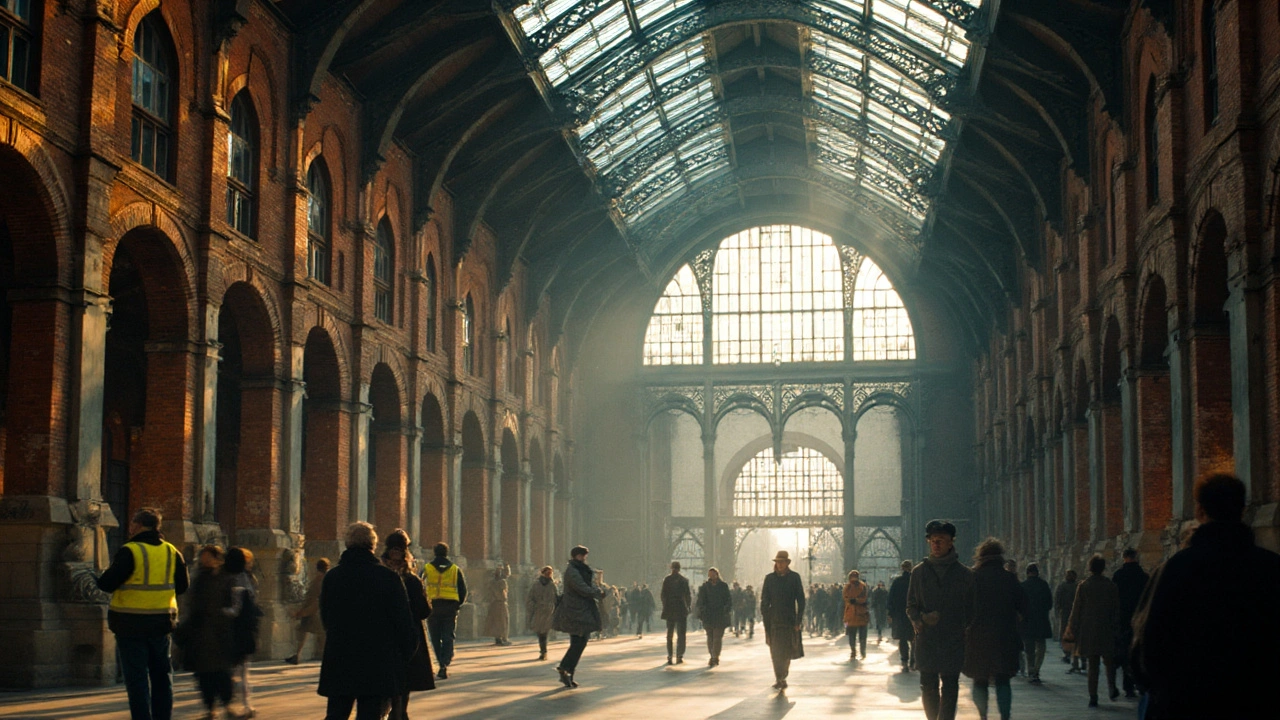Why Gothic Revival felt like high-tech before high-tech: the elements, engineering logic, and how to use it today without turning a building into a costume.
Pointed Arch – What It Is and Why It Still Matters
If you’ve ever walked past a cathedral or a castle, you’ve probably noticed the sharp, upward‑firing arches that crown doors and windows. That’s the pointed arch, a shape that changed the way buildings stand and looks. Unlike the rounded Roman arch, the pointed version pushes weight up into the sides, letting walls get taller and lighter. The result? Bigger windows, more light, and a feeling of height that still amazes us today.
Where the Pointed Arch Came From
Most people link the pointed arch to Gothic cathedrals in Europe, but its story starts earlier. Builders in the Islamic world used the shape in the 7th‑8th centuries, and they passed it to Spain and Italy. By the 12th century, European masons grabbed the idea and ran with it. The new arch let them stretch vaults up to 200 feet without massive buttresses. That’s why you see the soaring ceilings of Notre‑Dame or the Cologne Cathedral – the pointed arch made it possible.
Even Roman architects hinted at it. In the post‑Roman era, you can spot early pointed arches in some Syrian and Persian structures. They were clever tricks to open up space, and they survived because they worked so well.
How to Spot a Pointed Arch in Real Life
Next time you’re out and about, keep an eye on doorways, windows, and vaults that come to a sharp tip at the top. If the sides are sloping inward and meet in a point, you’ve found one. Look for ribs that cross the arch – those are the decorative ribs you see in Gothic vaults. In modern buildings, the shape shows up in steel frames, glass facades, and even bridge supports. The sleek lines make it a favorite for designers who want a blend of tradition and futurism.
Want a quick test? Draw a line across the top of the opening; if the line looks like a shallow "V" rather than a flat arch, you’re looking at a pointed arch. It’s that simple.
Designing with a pointed arch isn’t hard, but there are a few tricks. First, make sure the two sides are equal – symmetry helps the load travel straight down. Second, use a strong material for the apex; stone, steel, or reinforced concrete works best. Finally, think about the surrounding walls. The arch pushes forces outward, so you may need buttresses or thicker side walls if you go big.
For a modern twist, try mixing a pointed arch with glass panels. The contrast of old‑school shape and clear material creates a striking visual, perfect for homes, cafes, or office lobbies. Many architects today blend the pointed arch with high‑tech materials to keep the classic feel while meeting today’s energy standards.
Bottom line: the pointed arch is more than a decorative flourish. It’s a smart engineering solution that opened the sky for buildings and still feels fresh. Whether you’re touring a medieval cathedral, snapping photos of a downtown office tower, or planning your own renovation, recognizing the pointed arch adds a layer of appreciation to the built world around you.
So the next time you see a tall, slim opening that ends in a point, pause and think about the centuries of craftsmanship behind it. You’re looking at a design that turned the limits of stone into soaring light – and that’s pretty cool.

